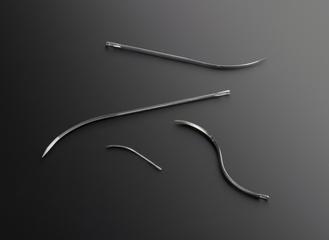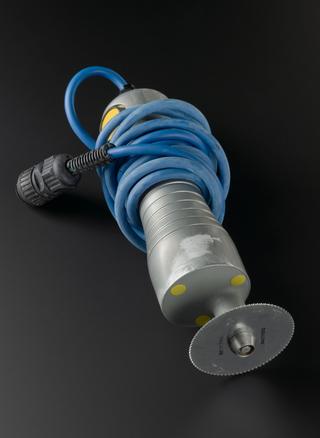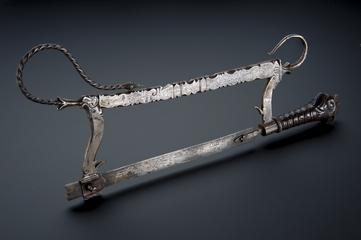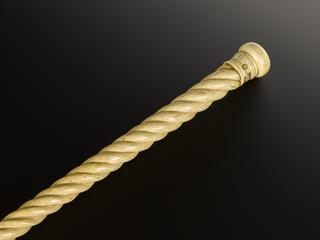




Tube of sterile catgut ligature in carton, by J. Gardner and Son, Scottish, late 19th or early 20th century
Catgut has a misleading name as it is actually a tough cord made from the intestines of a number of mammals, but not cats. Catgut ligatures were for external and internal use, for example to sew up arteries and other blood vessels during surgery. If applied internally, the ligatures were absorbed by the body once their work was done. This example was made by J Gardner and Son, surgical instrument makers based in Edinburgh, Scotland.




